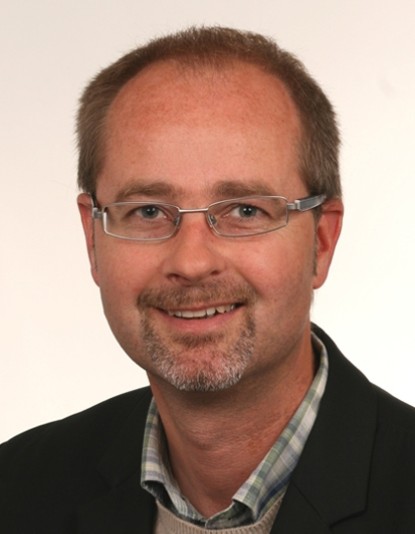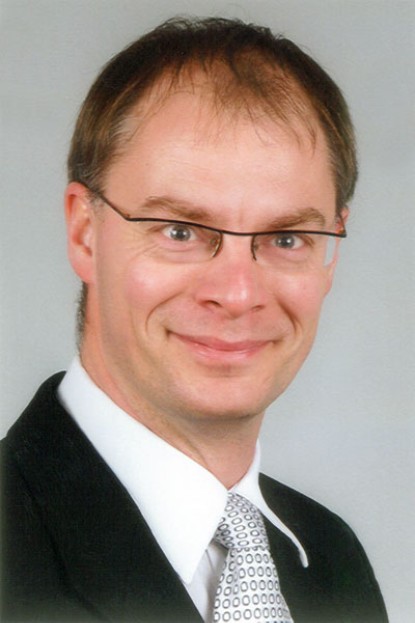
Intense pulses of neutrons and gamma rays are produced from our innovative laser-based sources. The projects in project area C are tailored about the developments for the optimized production of these neutron and gamma-rays (C2 and C4) and their detection (C1 and C3). The instrumentation R&D in this project area addresses detection techniques for both basic research and technical applications. While the local major research infrastructure and the new setups at the ELI institutes will allow us to investigate the new radiation sources and their application potential, the LOEWE research cluster also addresses the future improvement of setups for neutron and gamma rays by optimizing targets and the laser-electron interaction.
Project area coordinator: Prov.-Doz. Dr. Vincent Bagnoud


